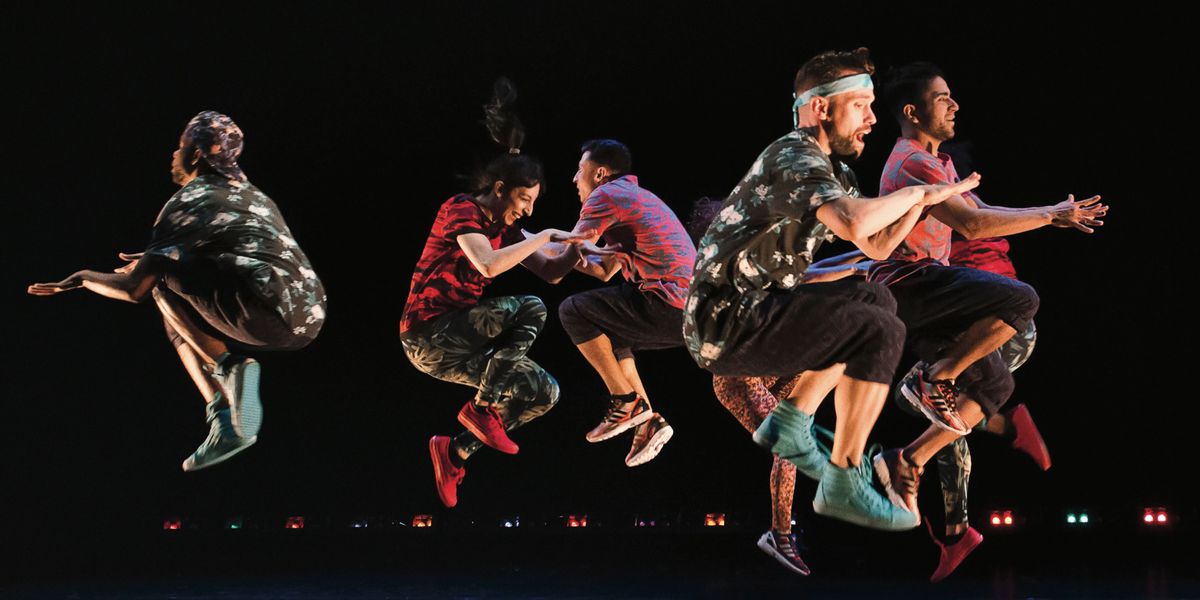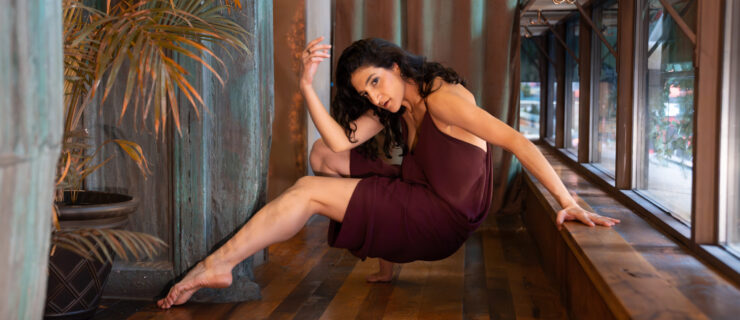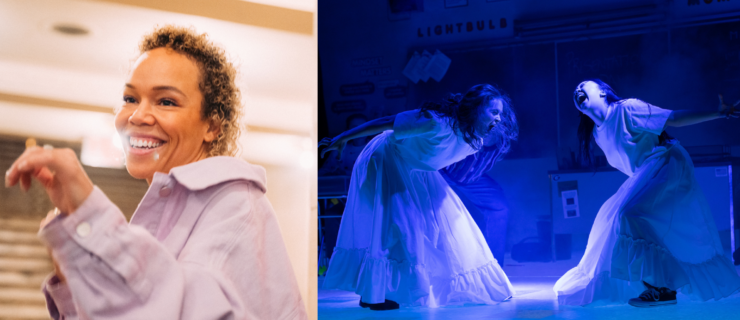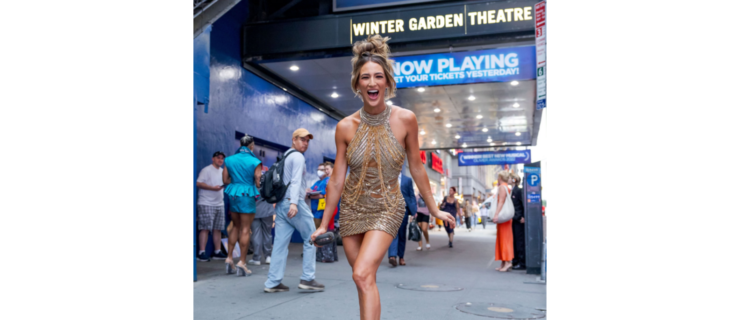When Should a Dancer Plan to Get an Equity Card?
For many musical theater dancers, joining Actors’ Equity—the union that represents theater performers—is one of the biggest milestones in their career. All Broadway shows fall under Equity, as do many off-Broadway shows, regional productions, and national tours. However, while getting your card can be great, it can also hinder—”especially if you’re just coming into the business,” says dancer Travante S. Baker, who’s performed in the West Side Story international tour. “A lot of theaters have to conserve money and they can’t always hire Equity performers because their rates are too expensive.” So, is it better to go for your card right away, or try to book lots of jobs in smaller, regional theaters first? And if you are working toward a card, how do you make the most of the process?
The Equity Advantage
Equity membership guarantees benefits like mandated breaks, overtime pay, safe working conditions, and health insurance—and Equity performers are typically paid more. There are a couple different ways to earn your card: You can be cast in a production that offers them, or accrue points through the Equity Membership Candidate (EMC) program. Once EMC members accumulate 25 weeks of work at participating theaters, they become eligible to join the union. For instance, Baker started collecting points through the EMC program, but ended up earning his Equity card sooner when he was cast in a Disney production in Orlando, FL.
 Alicia Lundgren (Tom Marvel, courtesy Lundgren)
Alicia Lundgren (Tom Marvel, courtesy Lundgren)
One of the biggest advantages an Equity card provides is the ability to be seen first at Equity auditions. Alicia Lundgren, who danced in the original Broadway ensemble of Shuffle Along, had several years of concert dance experience under her belt when she started auditioning for musicals. As a non-Equity dancer with Philadelphia-based Philadanco, she would rehearse until 10:30 pm, then catch a 6 am Megabus to NYC in order to sign up for an Equity chorus call. After hours of waiting, she’d sometimes be told that non-union actors weren’t being seen, and would return home without getting to audition. The next day, she’d do it all over again. Lundgren earned her Equity card through being cast in a workshop for a new musical, and she hasn’t looked back since. “Ultimately, more doors opened when I had the card, based on just being seen,” she says.
There’s also a safety component. Since non-Equity shows don’t have the same standardized regulations, there isn’t a guarantee there will be floors that are safe for dancing, frequent breaks, or tours without one-nighters (where a show performs and then the cast is immediately put on a bus to their next location), for example. “You’ve got to really use your instinct and know what kind of situations you’re putting yourself into,” says Ani Taj, a performer, choreographer, and founder of The Dance Cartel. “If the paycheck isn’t big, what makes it worth it? Is it a big networking opportunity? Is it creatively satisfying? Are you in a safe space? Those are the questions I ask myself, stepping into a creative venture where there aren’t necessarily protections in place.”
 Ani Taj in “ONTHEFLOOR” (Maddy Talias, courtesy Taj)
Ani Taj in “ONTHEFLOOR” (Maddy Talias, courtesy Taj)
Building Experience
While Equity opens a lot of doors, it closes others. For Jane Abbott, who’s danced in the Legally Blonde international tour, being non-Equity often presents more opportunities to get hired. At a recent production of Chicago at Theatre By The Sea in Rhode Island, the theater could afford to hire only a few Equity actors, and those spots went to leads, not ensemble members like Abbott. If she had been Equity, she likely wouldn’t have booked the job.
Non-Equity shows are also valuable learning experiences—from learning how to advocate for yourself to working in mixed casts with both Equity and non-Equity actors. “There are opportunities when you’re non-Equity to be in rooms when people are developing things, especially in nontraditional venues and spaces,” says choreographer Chase Brock. He cites a non-Equity project he choreographed at Busch Gardens in Williamsburg, VA, with Tony-nominated director Sam Buntrock. “It was a very young cast, but they learned a lot from working with a creative team who came from such an experienced background,” Brock says.
A current EMC member earning her points through summer stock, Abbott hopes to join Equity by the time she turns 26 (the age at which she’ll have to go off her parents’ health insurance). If the option to get her card comes sooner, she probably won’t take it unless it’s for a Broadway show. “I’m not in a rush,” she says. “I want to remain non-Equity for a little bit longer. It makes it harder to get seen for Equity productions, and it doesn’t guarantee some of the benefits, but I think that overall I wouldn’t have as many opportunities. I don’t think I would book as much work.”
Ultimately, “everybody gets to these cards and these milestones on a different timeline,” says Brock. “You want to do as many things as you can, say yes to everything, because all of it is information, and all of it will lead you to new places.”
A version of this story appeared in the May/June 2019 issue of
Dance Spirit with the title “Getting Carded.”




